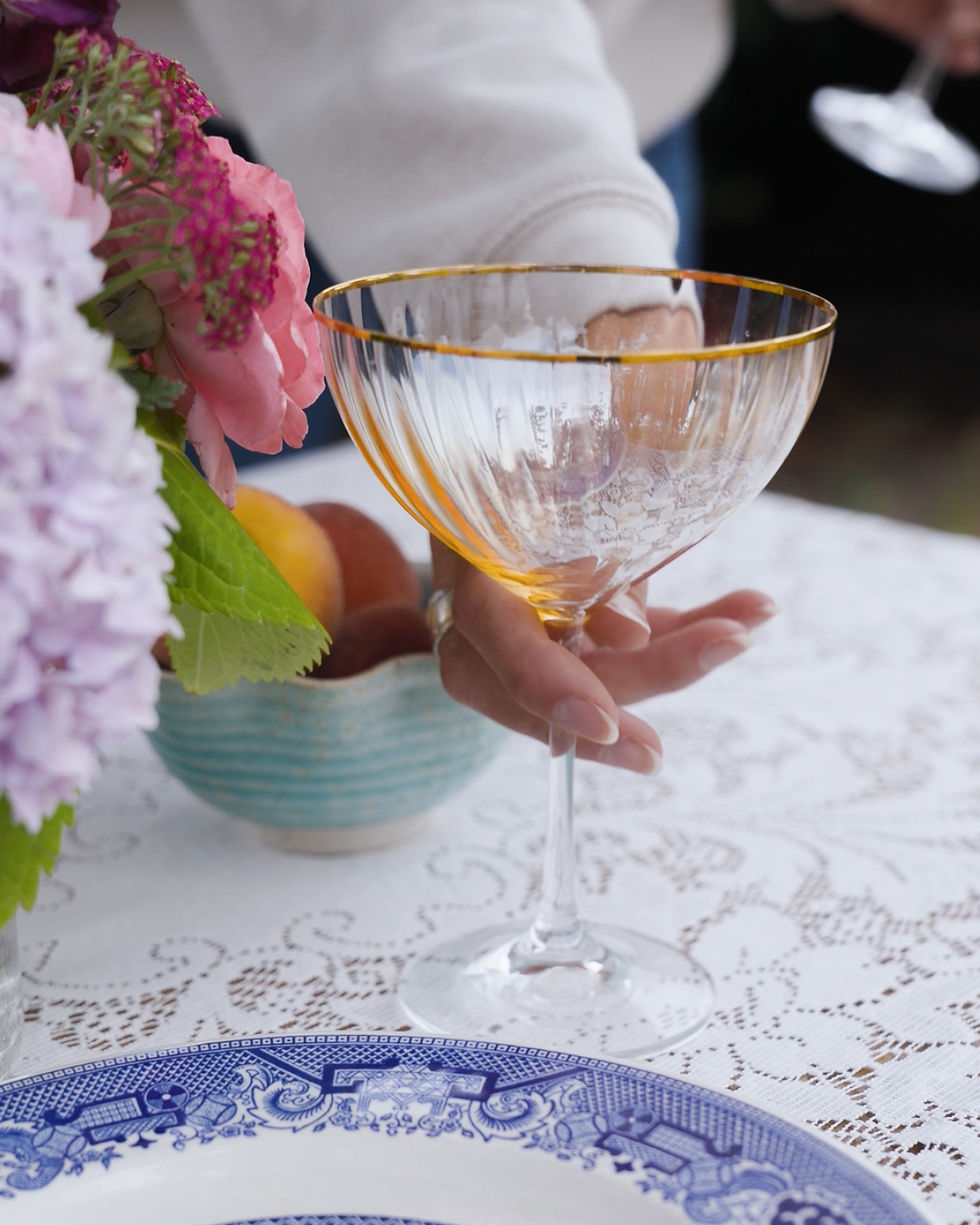What is Tallow?
- Nina Rocha

- Feb 17
- 3 min read
Updated: Mar 17
If you've ever been to a farmers market or picked up raw milk or grass-fed beef, you've probably heard about tallow—and if you're like me, you’ve wondered, "What exactly is tallow?"
Tallow is the rendered fat of cows, sheep, and other ruminant animals such as deer. At room temperature, tallow is solid and waxy. It has a long shelf life and doesn't require refrigeration. It is often refined through rendering, a process that involves slowly heating interior fat tissue, called suet. This separates the pure oils from the rest of the tissue, leaving behind a purified fat that can be used for cooking and skincare products.

Why is Tallow Great for Skin?
Did you know that animal oils and our skin cells share a similar structure? This makes tallow an ideal product for nourishing and healing the skin! Tallow has many beneficial properties, including antimicrobial, anti-inflammatory, and potentially even anti-cancer effects [1].
The Science Behind Tallow & Sebum
Tallow closely resembles sebum, the oily, waxy substance that naturally moisturizes and protects our skin. In fact, the word "sebum" means "tallow" in Latin and has been used since the 1700s. The sebaceous glands, which produce sebum, are found throughout the skin, except on the palms and soles. Sebum is made up of 41% triglycerides, just like tallow. Unlike plant-based oils, animal fats closely mimic our skin’s natural oils, making them deeply nourishing.
Tallow also contains essential fat-soluble vitamins such as A, D, K, and E, which are crucial for skin health. Grass-fed tallow is particularly beneficial because it contains conjugated linoleic acid (CLA), which has been studied for its potential anti-inflammatory and anti-cancer benefits, as well as palmitoleic acid, a natural antimicrobial agent. A 2006 study cited by Dr. Mary Enig highlights that CLA, found in high concentrations in tallow, may have significant health benefits, further supported by its palmitic acid content [1].
A Look at History: How Our Ancestors Used Tallow
Tallow has been a staple in traditional skincare for generations. Historical records show that the Romans and Egyptians used tallow to treat burns, scrapes, and dry skin. An antique tin of “McQueen’s Pure Mutton Tallow,” manufactured by G.F. Baker in 1895, describes it as “valuable as a family remedy for chapped and rough skin caused by exposure to inclement weather.” It was also used as a skin cleanser and a base for medicinal ointments.

Why Grass-Fed Tallow Matters
The quality of tallow used in skincare is important. Since toxins can accumulate in conventionally raised animals, it's best to source tallow from grass-fed cows. Who wants to absorb pesticides, antibiotics, and hormones through their skin? I definitely don't! Studies show that grass-fed cows have four times more vitamin E than grain-fed cows and three to five times more CLA, making their tallow significantly more nutrient-dense.

How to Use Tallow for Skin Care
Tallow is easily absorbed by the skin without leaving a greasy residue. It provides deep nourishment, making it effective for conditions such as dry, cracked, sun-damaged skin, rashes, burns, and wrinkles. Many mothers use it to soothe diaper rash and eczema. Personally, tallow has helped keep my hands moisturized after years of working in the restaurant industry, where constant hand washing and sanitizing took a toll. Since using it on my face nightly, my complexion has improved so much that I no longer feel the need to wear foundation.
Where to Get High-Quality Tallow
If you’re ready to give tallow a try, you can render it yourself at home — or save the time and mess by grabbing our handcrafted, grass-fed tallow balm, available now in our online shop.
We’re proud to offer a clean, nourishing balm made with only the highest-quality ingredients — and made by hand, right here in our kitchen.
We hope this post helped you see why tallow is such a powerful skincare ingredient!Have you ever used tallow before? We’d love to hear about your experience — drop a comment below!
References
[1] Weston A. Price Foundation. "Some Recent Studies on Fats." Available at: https://www.westonaprice.org/health-topics/know-your-fats/some-recent-studies-on-fats/#gsc.tab=0




Comments